In a world drowning in plastic containers and single-use plastics, choosing eco-friendly food storage containers can be a great way to create demand for sustainable products. Whether you're storing leftovers, meal prepping, or just looking for sustainable alternatives for your current kitchen storage, there are plenty of options to consider. But with so many choices now available, how do you make the best one for you? Let's explore the options, from the commonplace to the containers no one is talking about (yet)!

Jump to:
Why Not Plastic?
Most of our plastic waste is mismanaged or thrown into a landfill. In fact, only 9% of plastic waste is recycled globally! What's more, emerging research suggests that plastic can harm human and wildlife health, particularly BPA and microplastics (though most of this research is relatively young, so it is difficult to draw real conclusions from). While BPA-free plastic does exist, this does not necessarily mean these plastics are free from all of the health concerns and are certainly still an environmental concern. As such, this guide will not recommend all-plastic food storage containers, though some may contain some plastic elements, such as lids, for convenience.
Materials to Consider
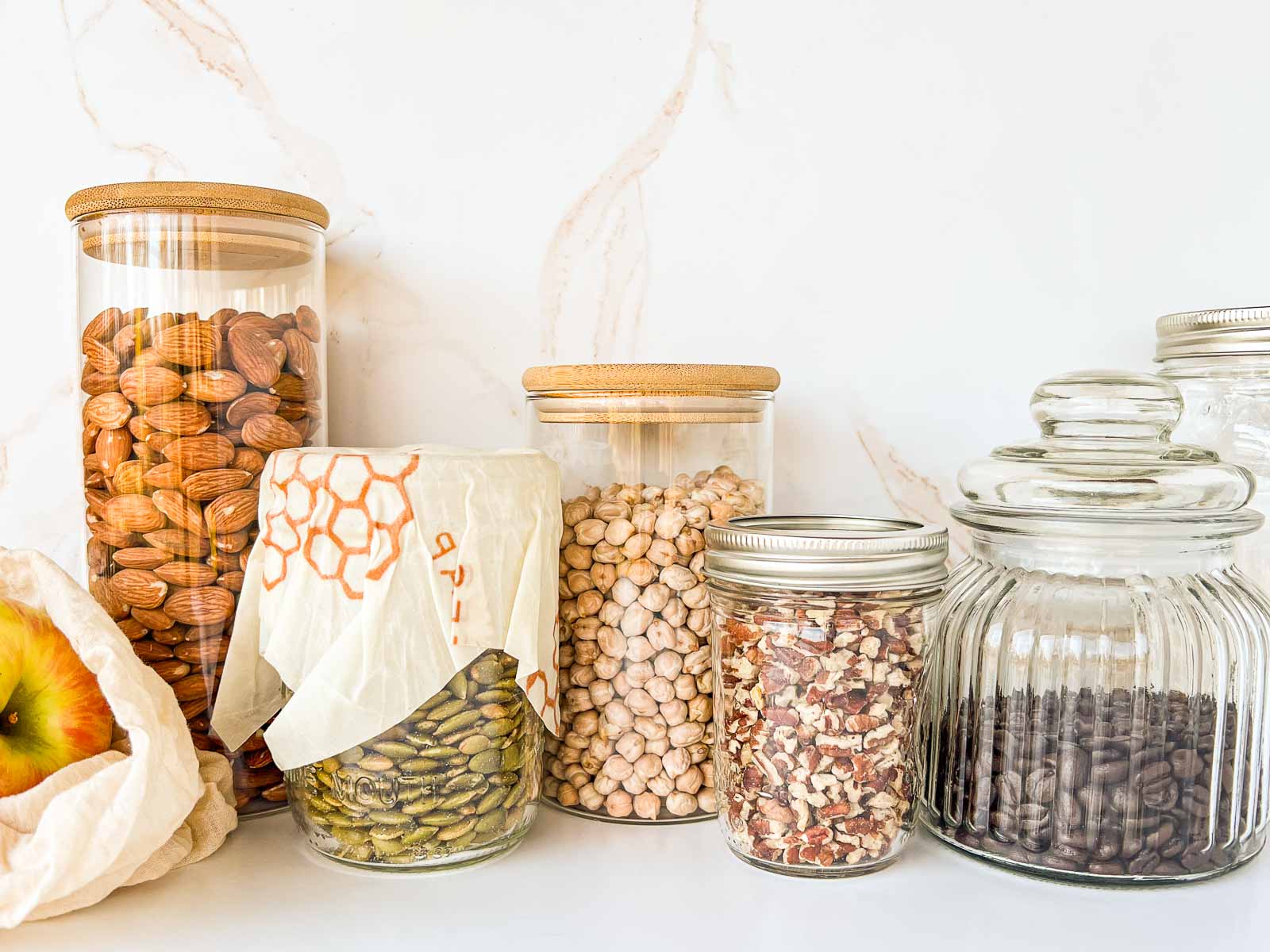
- Glass: Glass containers are durable, reusable, and non-toxic. They are perfect for storing various types of food, from liquids to solids. Certain types of glass, such as borosilicate glass, are also heat-resistant for easy reheating.
- Stainless Steel: These containers are not only sturdy but also rust-resistant. They are excellent for long-term use and are easy to clean.
- Silicone: Food-grade silicone containers are flexible, lightweight, and easy to store. They are an excellent option for those who need collapsible containers. While silicone is a rubber-plastic polymer, it does not pose the same environmental risks because it does not break down into microplastics. Though silicone is not without potential faults, it is generally considered a better choice than other plastic types.
- Ceramic: For some reason, ceramic food storage is rarely mentioned! Ceramic is durable, can withstand high temperatures, and is easy to clean.
- Sugar bagasse, bamboo, or wheat starch fiber: These materials are often in the cardboard-appearing containers used as eco-friendly replacements for single-use plastic food containers (like for takeout). Many are factory or home-compostable, though only some have access to industrial composting facilities. Choosing a reusable container is often a more eco-friendly choice than single-use. Still, these are a step up from most single-use plastic products so they are worth a mention.
Questions and Other Considerations
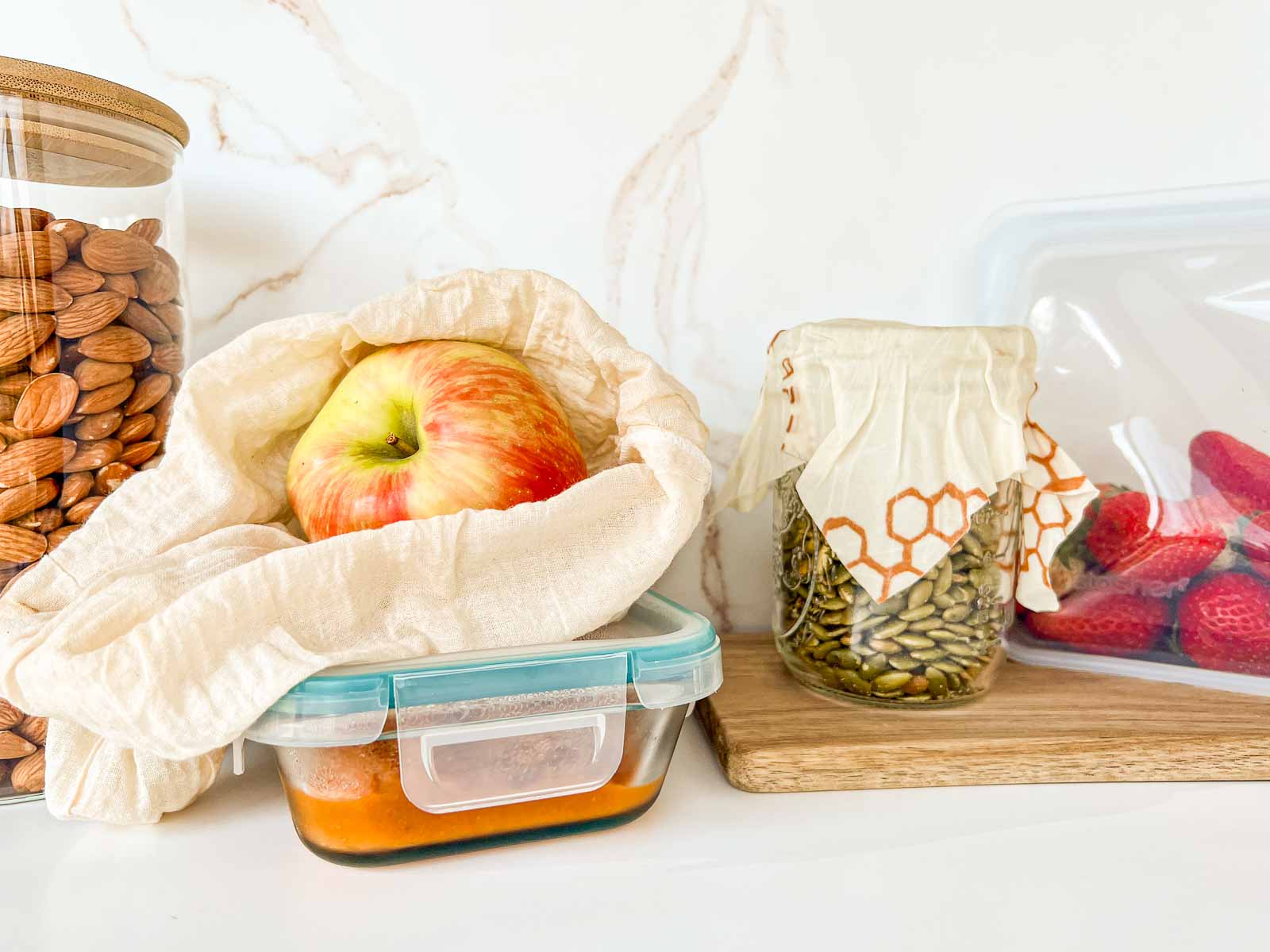
Ask yourself these questions as you mull over your food storage purchase:
- Size and shape: What sizes and shapes of storage do you need? Do you need small meal prep containers, or do you prefer to store leftovers in one large one?
- Seal: Generally, an airtight seal best keeps your food fresh. That said, does your container need to withstand moving around, like in a lunch box, or is it going straight to the fridge or pantry?
- Reusability: Does the container seem durable? Even products advertised as eco-friendly may not be if they only last one or two uses.
- Storage location: Does your container need to be freezer-safe? Do you like to take your containers straight from the fridge to the microwave or oven?
- End-of-life: When your container eventually breaks or shows signs of wear, can it be recycled? Are parts of it compostable or repurposeable? Does the brand sell replacement lids or parts that can increase the container's lifetime?
- Cleaning: Do you need your containers to be dishwasher-safe? Do you need a new piece of equipment to clean this product?
- Affordability: Of course, you wouldn't purchase even the best eco-friendly food storage containers if they were outside your budget. Do these containers feel like a fair value over their lifetime?
- Personal preferences: Do you prefer the aesthetic of matching bamboo lids with all your glass food containers? Do you want containers that come in different colors? Do you want to be able to see through your containers to identify what's inside easily?
The best eco-friendly food storage option for you might not be the absolutely most eco-friendly container on the market, and that's okay. The important thing is that you select a product you will use for years to come!
Eco-Friendly Alternatives to Common Food Storage Containers
Here's where I get into some of my favorite products to replace commonly plastic food containers. While I share what I love, you can find plenty of other options second-hand or outside this list. In fact, I'd recommend shopping for your containers second-hand if you have the time!
Glass Jars
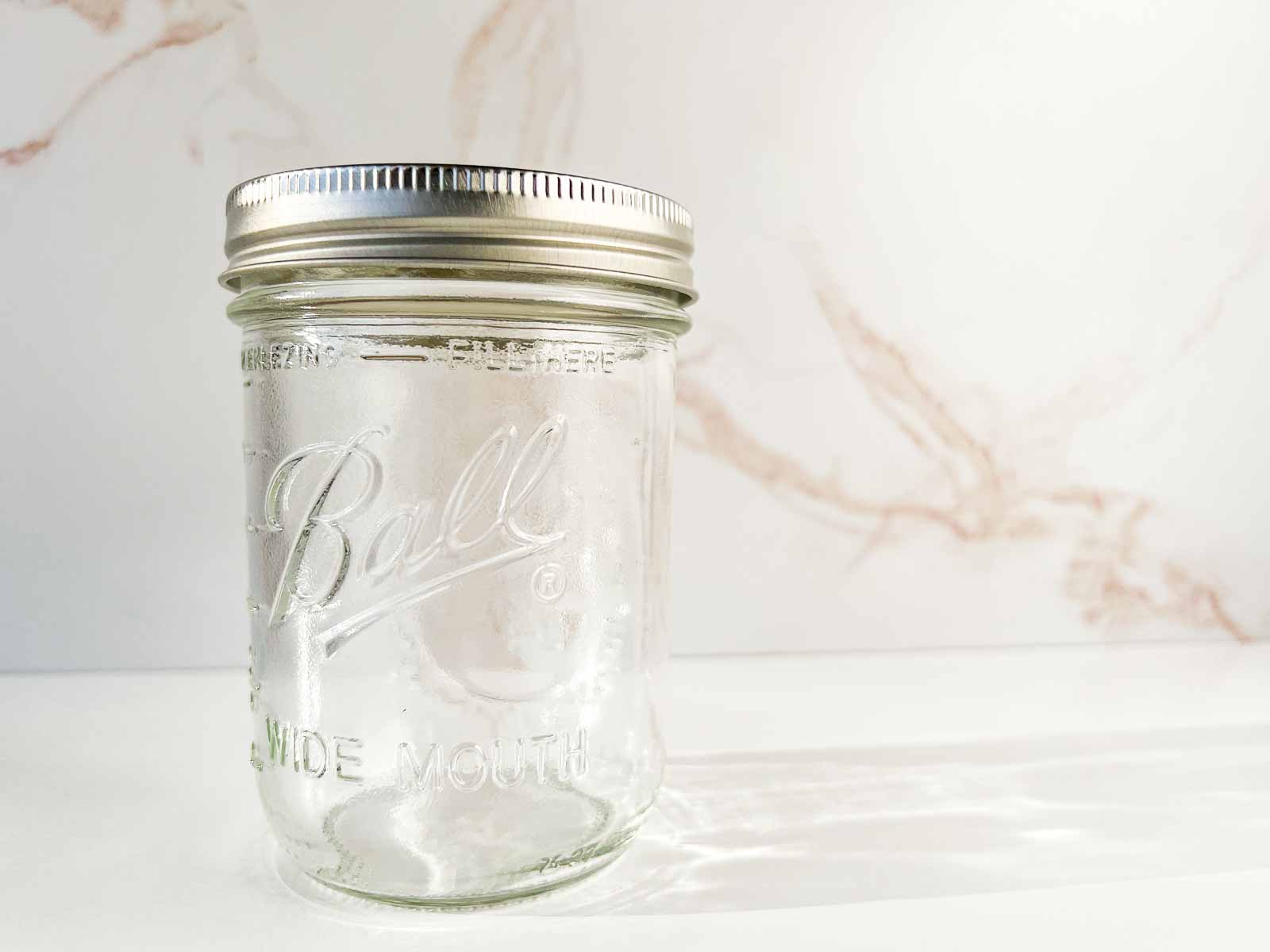
There's a reason this rec is first! Glass jars are versatile, cost-effective, easy to clean, and store well. Plus, they can be easy to find second-hand. I love using wide-mouth mason jars as they are easy to eat salads and overnight oats out of. Their airtight lids keep food fresh, and of course, they can be sanitized and used for home canning.
Glass Storage Containers
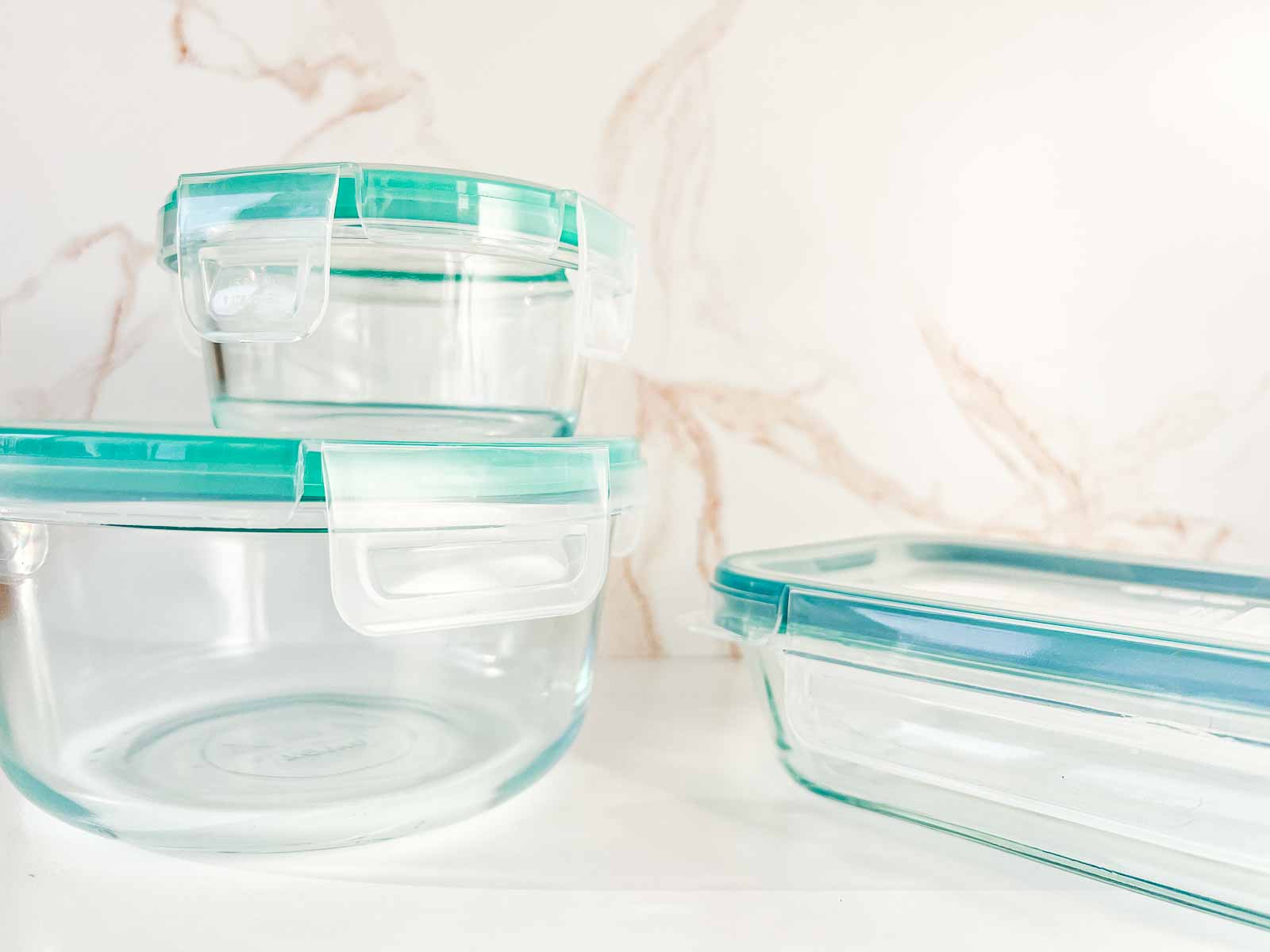
Many prefer glass food storage containers to store meal preps or divvy up leftovers for lunches the next day. I love these because I almost always plan my meals to have enough for lunch leftovers, which I reheat in the microwave at home while my spouse takes his to work. I was lucky enough to thrift snapware glass containers. These are perfect for going from the fridge to the microwave and jostling around in a lunchbox or bag. The lids can be finicky to line up, but they create a perfectly airtight seal once they do.
Another popular choice that is more aesthetic and doesn't have as much plastic is glass containers with bamboo lids. The bamboo lids are lined with a silicone seal to keep food fresh. However, there are two drawbacks. First, bamboo lids are not dishwasher safe. Second, the lids do not lock in place, so they can become loose. For this reason, I prefer to use bamboo-lidded glass containers for dry storage, such as lentils or coffee beans.
Silicone Bags
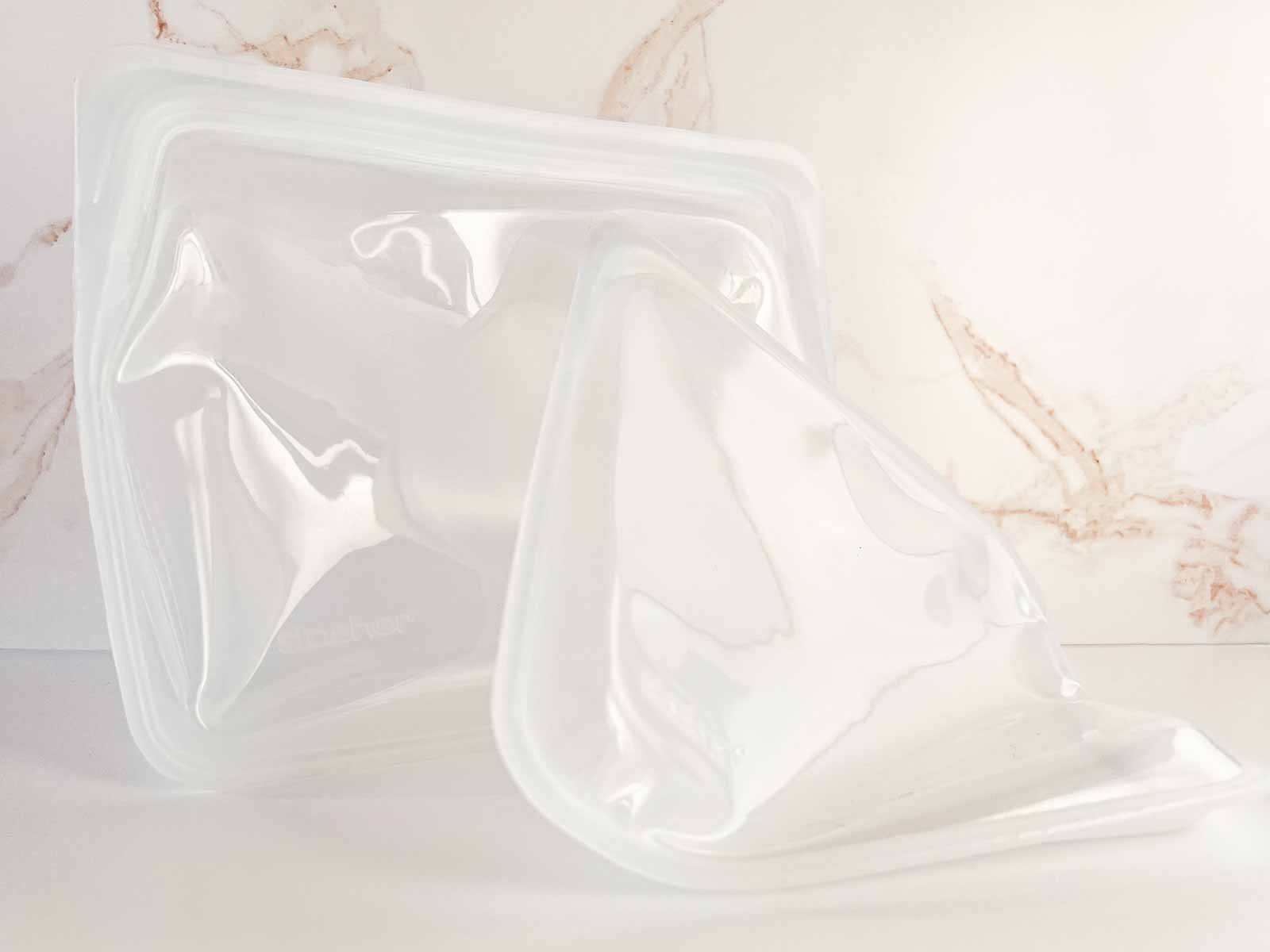
There is one brand that is simply the best when it comes to quality and ethics, and that is Stasher. There is really no other reusable bag that compares, and I have (unfortunately) tried many. These bags are highly durable, dishwasher safe, and oven safe up to 425° F (220° C). In fact, you can even use them as sous vide bags! While there are many items on this list, I would say the budget option is just fine; reusable sandwich bags are unfortunately not the case. Really, the only bag I have found that is durable and pleasant enough to use repeatedly for years is Stasher. Don't make my mistake!
Silicone Lids

I last bought plastic wrap to cling film years ago, thanks to silicone lids and wax wrap. These lids easily make an airtight seal over mixing bowls or jars you already own but might need a lid to cover it.
Wax Wrap
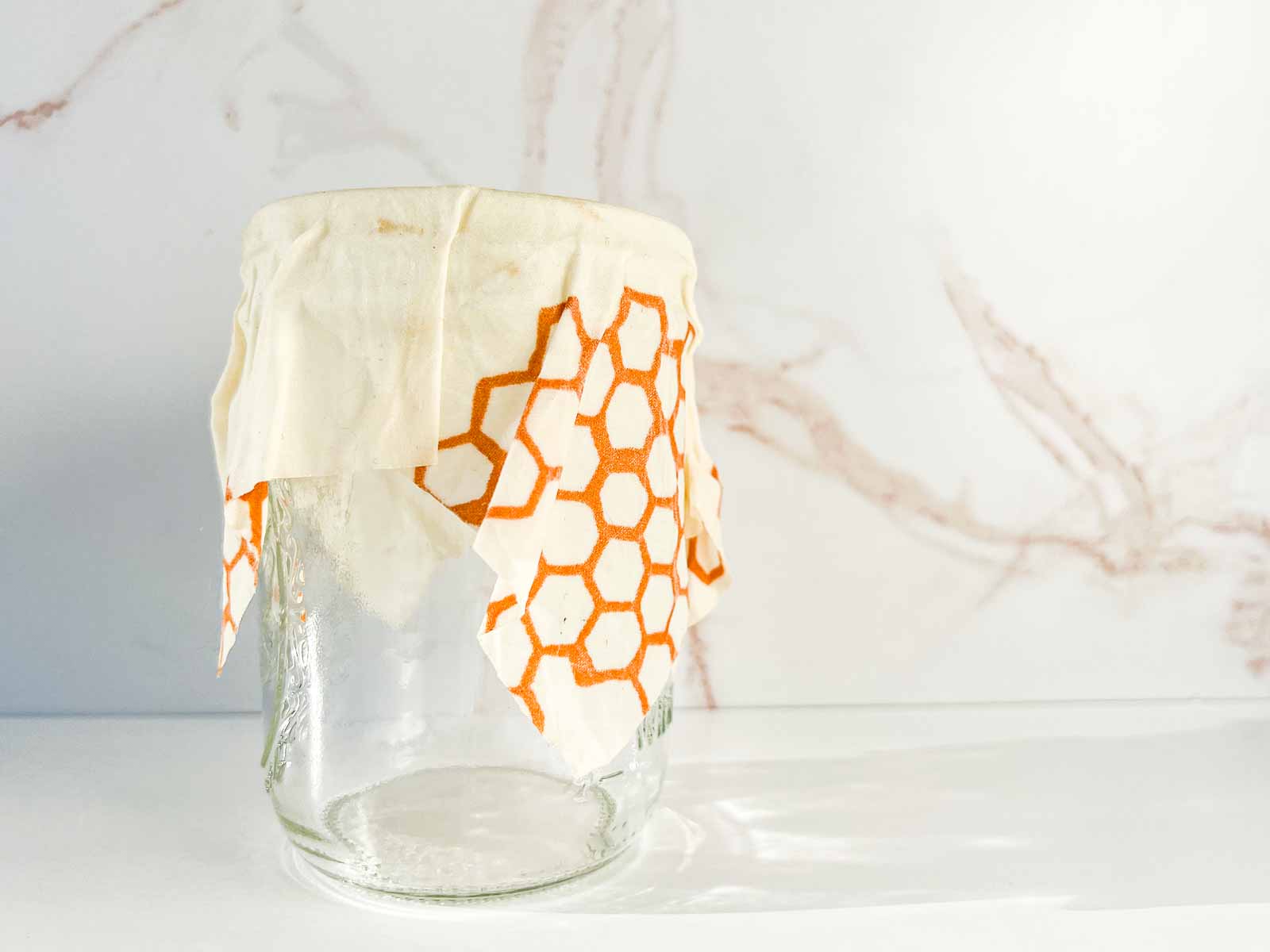
Because they can be used for years and then composted, reusable wax food wraps may be the most eco-friendly option on this whole list. However, they do have some drawbacks. Because they become pliable and tacky from the heat of your hands, they can only be cleaned with cool water. They are also more susceptible to picking up stains and scents. Also, they shouldn't come into contact with acidic foods such as tomato sauce. Many wax wraps are made from beeswax, but vegan food wraps are also on the market. You can also make your own from recycled cotton sheets or offcuts of cotton material!
Stainless Steel Containers
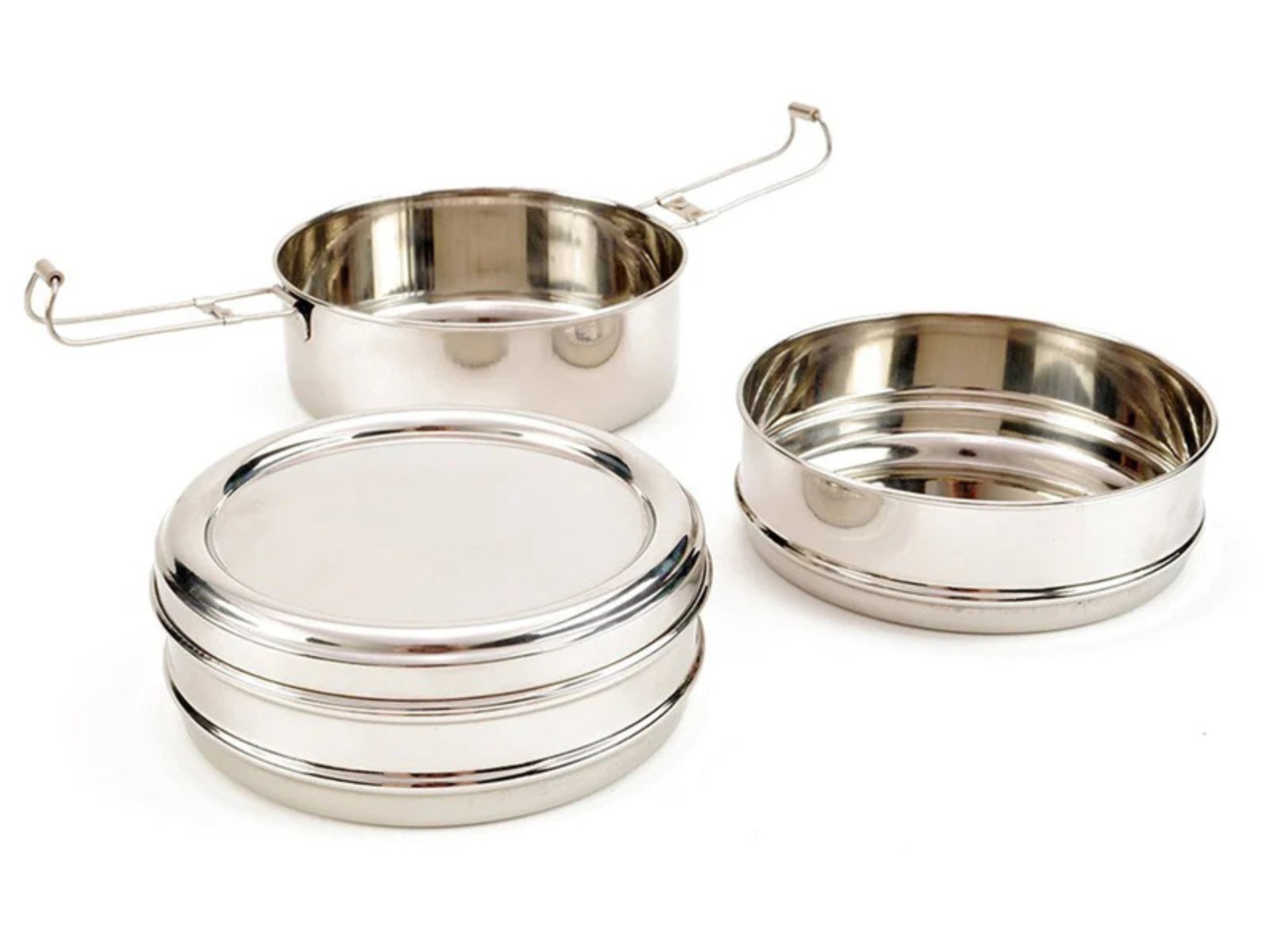
Extremely durable, easy to clean, and often completely plastic-free, stainless steel food storage containers are another excellent container for a green kitchen. They do have one major drawback, however. Being metal, obviously they cannot go straight into the microwave. As someone who loves a hot lunch, this limits my use of these containers. If you are more of a PB&J and a couple snacks person, though, these may be perfect for you.
Metal Beverage Containers
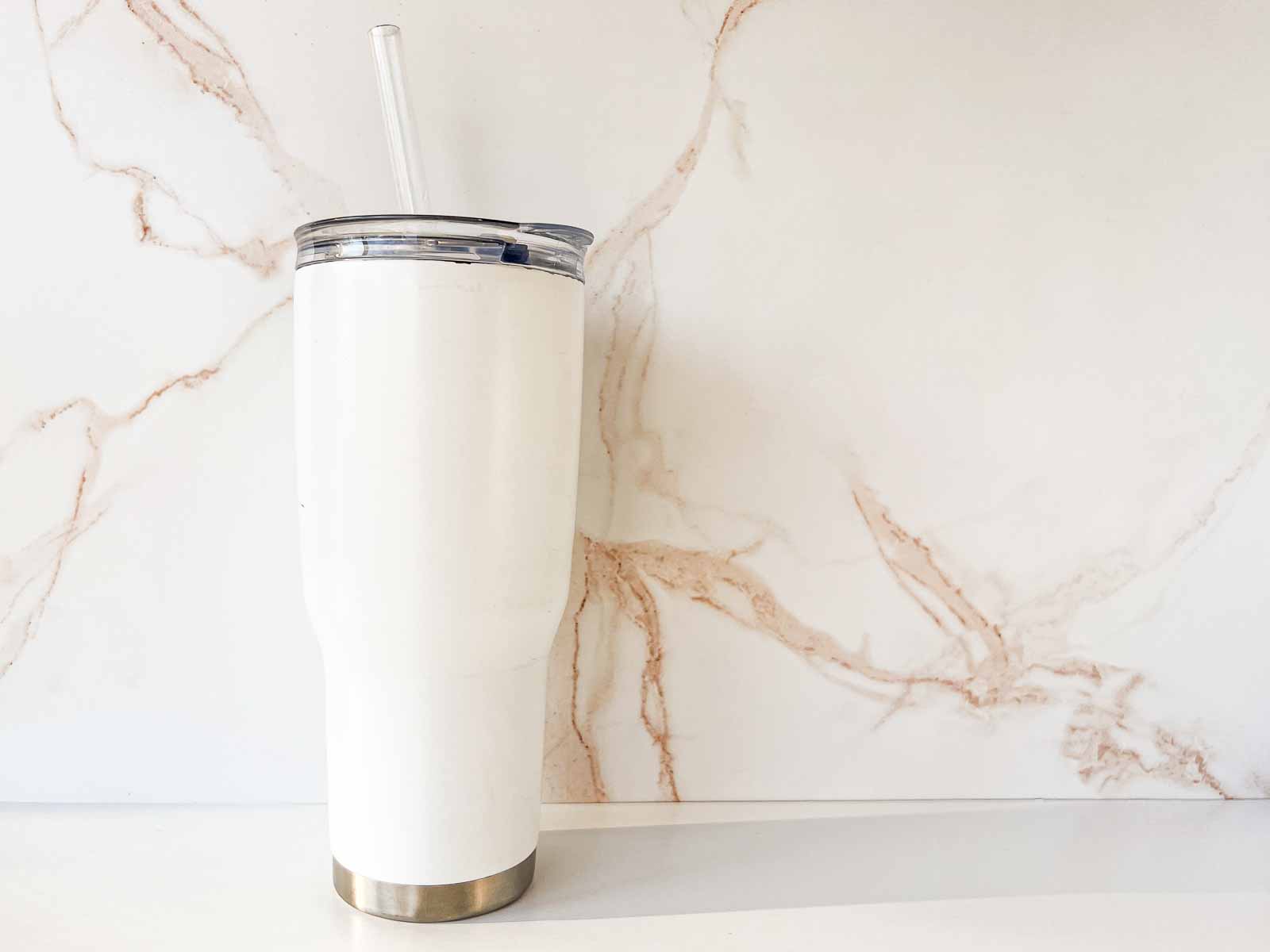
From the Hydro Flask to the Stanley Cup, metal beverage containers are mainstream in terms of reusable products, and that's awesome! In terms of the best, though, I purchased two REDUCE insulated stainless steel tumblers at a thrift store years ago, and they my favorite drink containers. I once left one of these in a hot car at the beach, and it was still ice-cold hours later! While it does have a plastic lid and straw, the sheer amount of use I get from these feels worth it. The straw could easily be replaced with a metal or glass straw, though.
Ceramic Containers
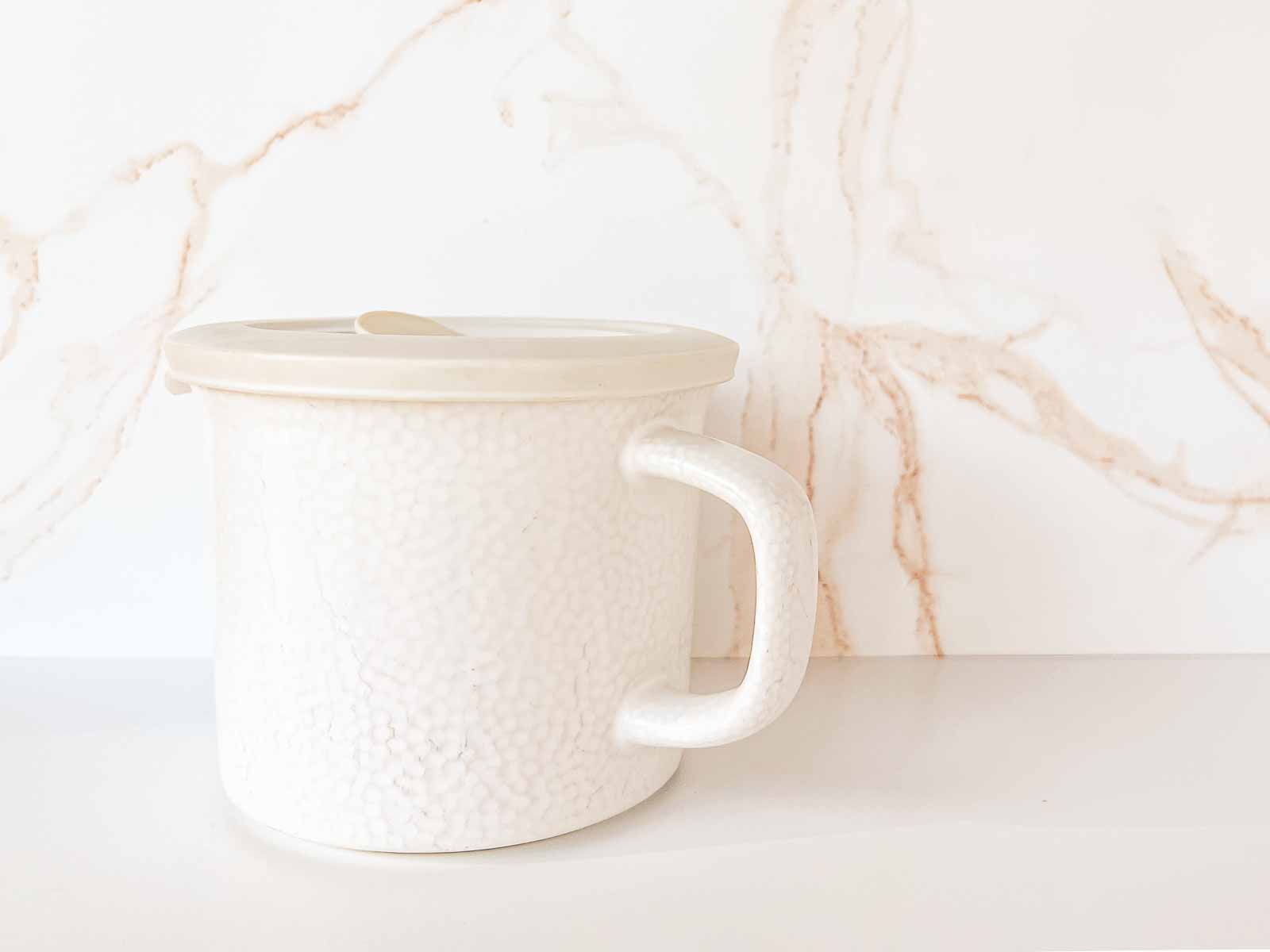
Why does no one talk about ceramic food storage? Nothing feels cozier than reheating a tasty soup in one of these ceramic crocks. Be careful with transport, though. The handles can break, and the lids are not completely airtight (ask me how I know). I will note that these are not advertised as "green"; however, I can attest that the sheer use I get out of these has made them a no-brainer alternative to plastic storage containers. They are just a pleasure to eat from!
Caraway also makes nonstick ceramic-coated glass containers that are microwave, dishwasher, oven, and freezer safe. While they are a high price point, they are also the most thoughtfully designed in terms of visual appeal. I mean, look at them!
Reusable Bags

Lastly, cloth bags are a must-have in your eco-friendly arsenal. Aside from trips to the grocery store, many fresh produce and baked goods store well in simple reusable cloth bags. So many are available at different price points that I don't need to recommend anything specifically. My top picks would be bags made from 100% cotton or 100% recycled materials. Cotton can be composted, whereas recycled bags create a demand for recycled goods! You can also DIY food storage bags with some basic sewing skills.
Did I miss any of your favorites? Sound off in the comments below!
Choosing Products from Sustainable Companies
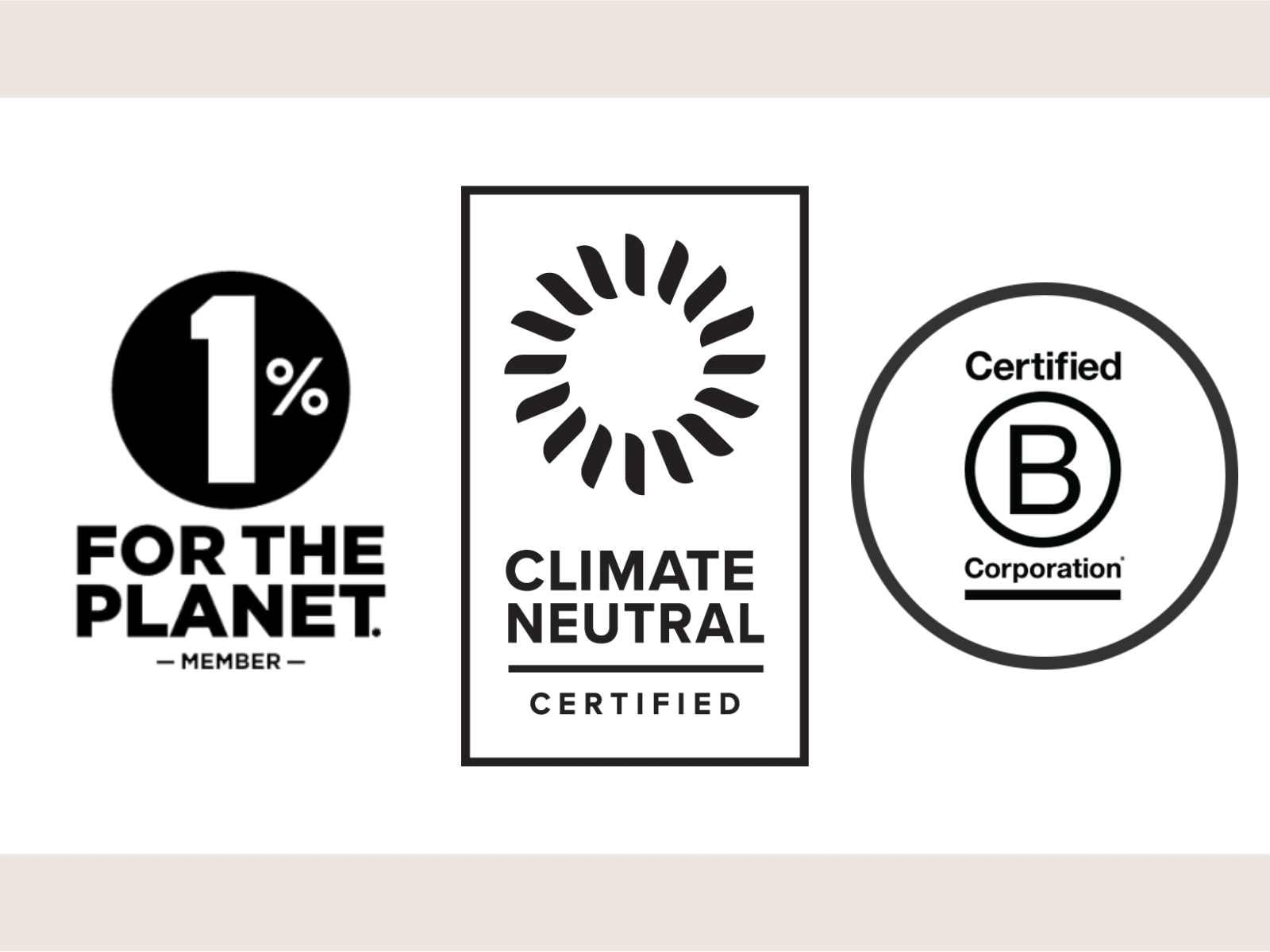
How do you tell whether a company is walking the walk or greenwashing? Here are a few indicators:
- 1% For the Planet Certification: Businesses with this cert have committed to donating at least 1% of their annual sales to environmental organizations.
- B Corporation Certification: B Corps meet various social and environmental impact-related standards, including social & environmental performance, transparency, and governance structure.
- Climate Neutral Certification: Brands with this cert have made efforts to clean up their historical environmental emissions and developed a concrete plan to reduce future emissions.
- Transparency: The company may be small or working towards gaining a certification. In that case, look to see if they have a "sustainability" section on their About page or are transparent about how they work to limit their environmental impact.
FAQ
Because silicone can withstand high heat conditions, most silicone cooking and food storage products are dishwasher safe. It is best to consult the manufacturer recommendations for your specific product if able, however.
Most eco-friendly food containers are highly durable. Stainless steel containers are extremely durable. However, glass, silicone, and ceramic containers can also last for years with proper care and use.
Yes! Stasher bags are perfect for replacing single-use plastic bags. Reusable silicone lids and wax wrap both make great alternatives to plastic wrap.
Thanks so much for reading this guide, and I hope you feel equipped to make your eco-friendly food container purchase! Whether you start perusing your local thrift stores for glass containers, grab some reusable storage bags, or DIY some beeswax wraps, give yourself a little pat on the back for making an earth-friendly choice in a not-so-earth-friendly world.
Now, pass it on! Share your new swap with a friend or family member. Show off your reusable tote at the grocery store. Pin or share this list in your group chat! One person may make a small impact, but as we normalize and show demand for these products, we can make eco-friendly the first choice!
If you loved this guide, check out these eco-friendly cooking tips I wrote for EarthHero or my eco food guide to learn more about eating eco-friendly!


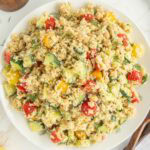

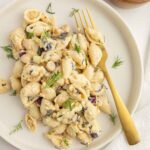
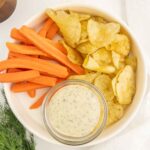
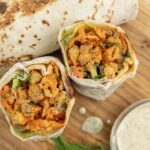
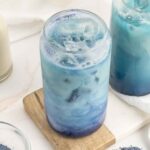
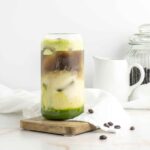
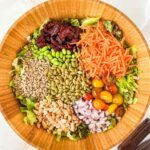
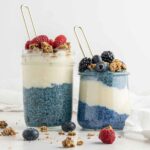
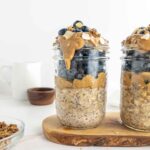

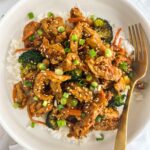

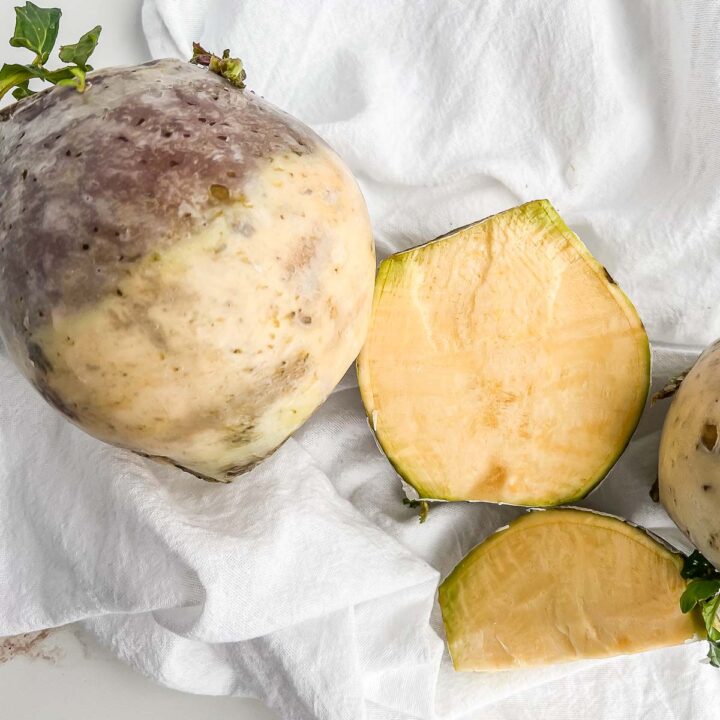
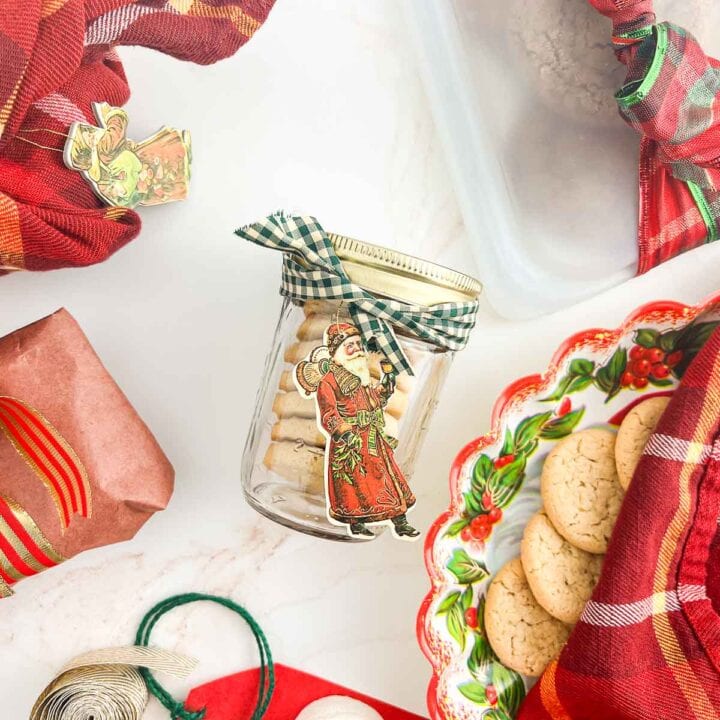
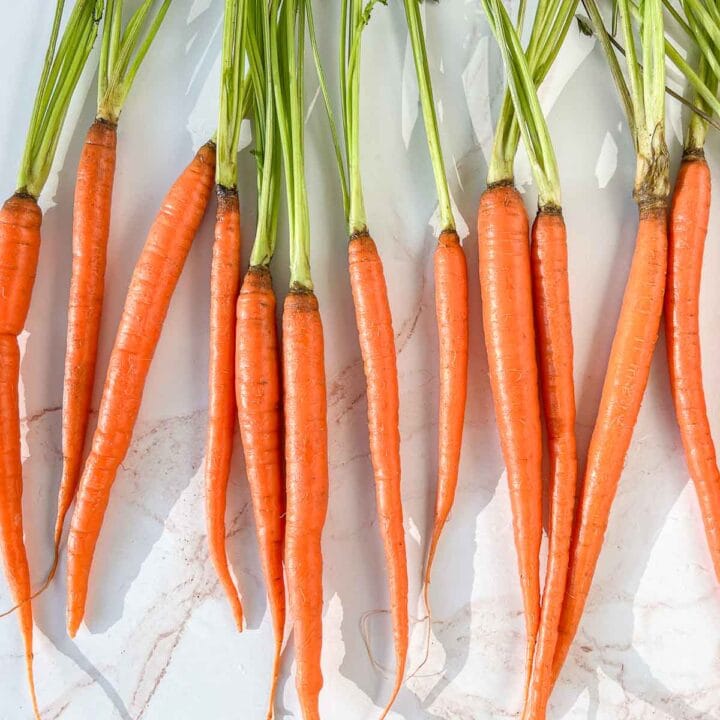
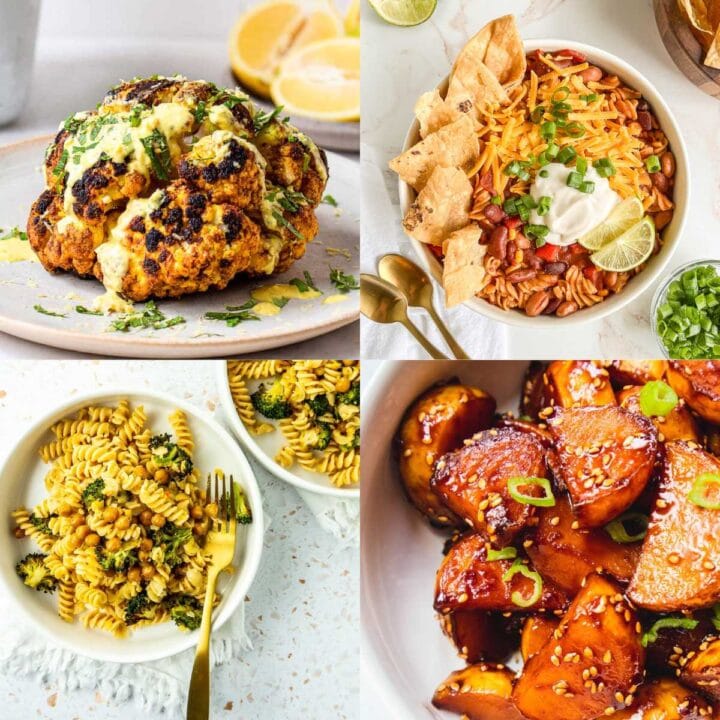
Leave a Reply